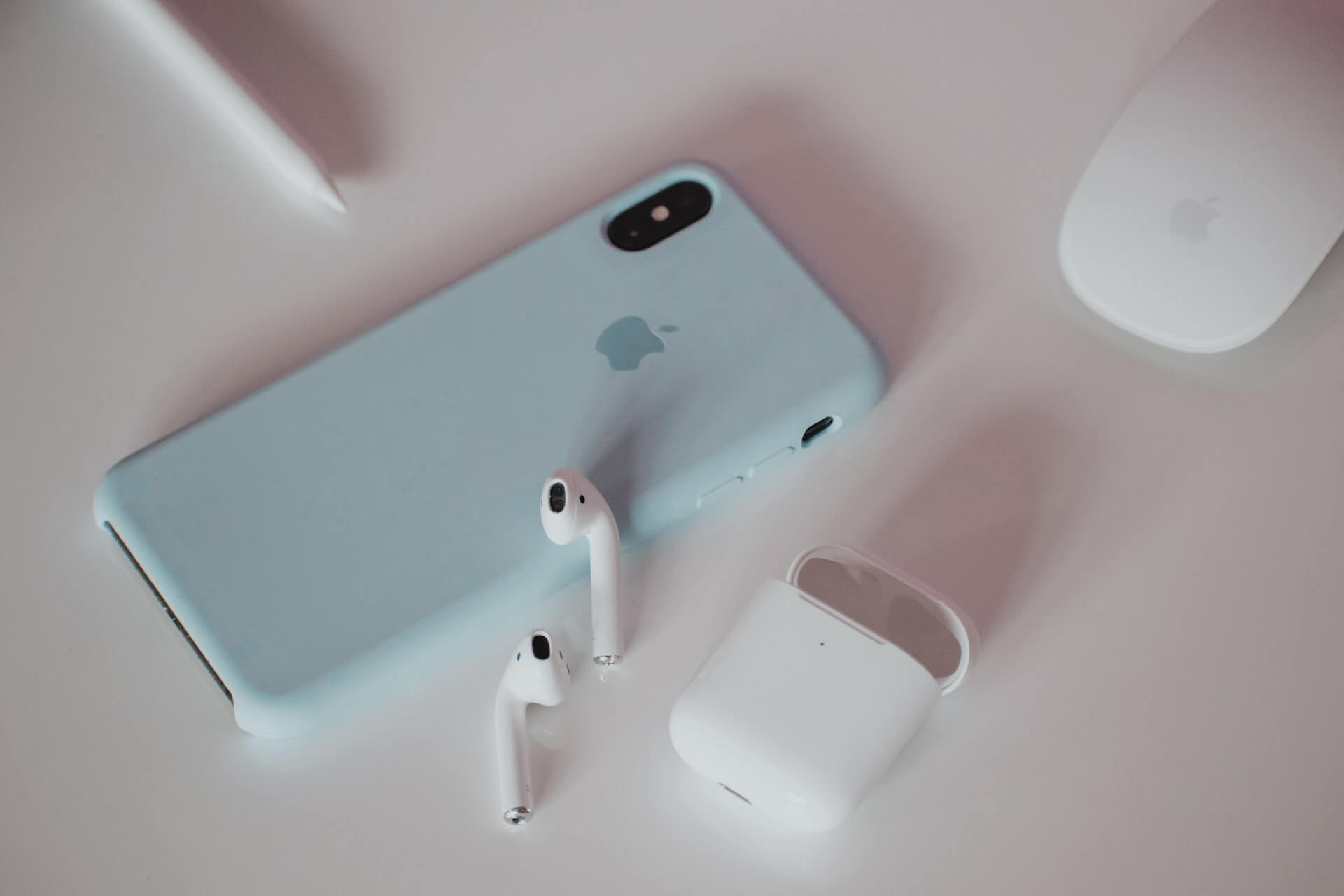Initially started from a conflict between Steve Jobs and his brother-in-law working at Microsoft, then convinced by a French high-level engineer, Jean Marie Hullot, working for Apple France to do so. The project within Apple Inc. for developing the iPhone began with a request in 2004 from CEO Steve Jobs to the company’s hardware engineer Tony Fadell, software engineer Scott Forstall and design engineer Sir Jonathan Ive to work on the highly confidential “Project Purple.”
While pitting two teams of engineers led by Fadell and Forstall, Jobs decided to investigate the use of touchscreen devices and tablet computers (which later came to fruition with the iPad). Jobs ended up pushing for a touch-screen device that many have noted has similarities to Apple’s previous touch-screen portable device, the Newton MessagePad. Like the MessagePad, the iPhone is nearly all screen. Its form factor is credited to Apple’s Chief Design Officer, Jonathan Ive.
Jobs expressed his belief that tablet PCs and traditional PDAs were not good choices as high-demand markets for Apple to enter, despite receiving many requests for Apple to create another PDA. In 2002, after the iPod launched, Jobs realized that the overlap of mobile phones and music players would force Apple to get into the mobile phone business. After seeing millions of Americans carrying separate BlackBerrys, phones, and Apple’s iPod MP3 players; he felt eventually consumers would prefer just one device.
Jobs also saw that as cell phones and mobile devices would keep amassing more features, they will be challenging the iPod’s dominance as a music player. To protect the iPod new product line, which by the start of 2007 was responsible for 48% of all of Apple’s revenue, Jobs decided he would need to venture into the wireless world. So at that time, instead of focusing on a follow-up to their Newton PDA, Jobs had Apple focus on the iPod. Jobs also had Apple develop the iTunes software, which can be used to synchronize content with iPod devices. iTunes had been released in January 2001.
Several enabling technologies made the iPhone possible. These included lithium-ion batteries that were small and powerful enough to power a mobile computer for a reasonable amount of time; multi-touch screens; energy-efficient but powerful CPUs, such as those using the ARM architecture; mobile phone networks; and web browsers. Apple approached glass manufacturer Corning in 2005 to investigate the possibility of a thin, flexible, and transparent material that could avoid the problem of metal keys scratching up phone screens. Corning reactivated some old research material that had not yet found an application to produce Gorilla Glass.





